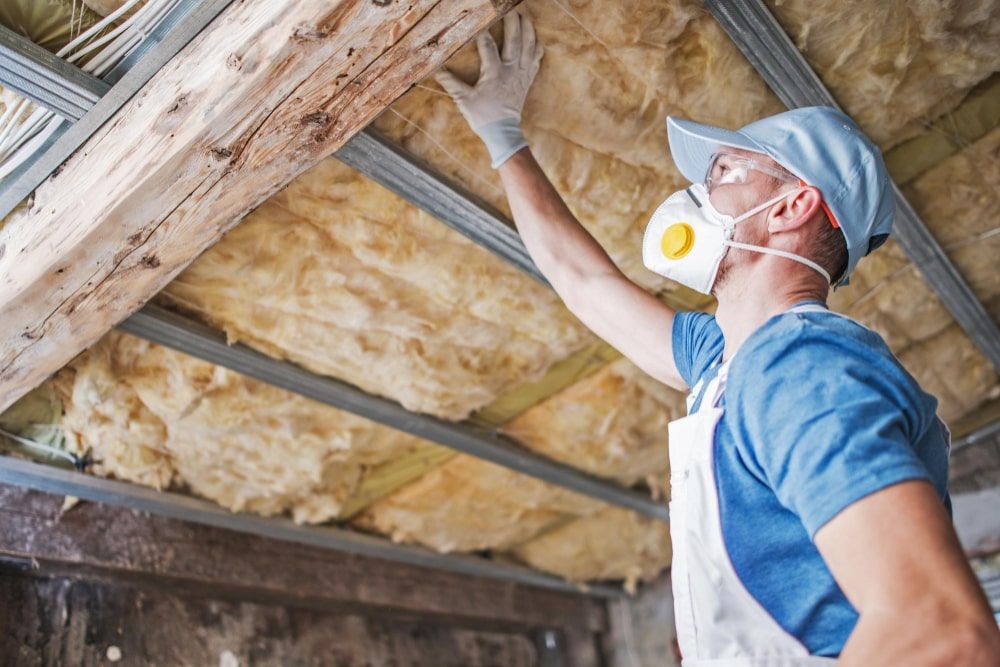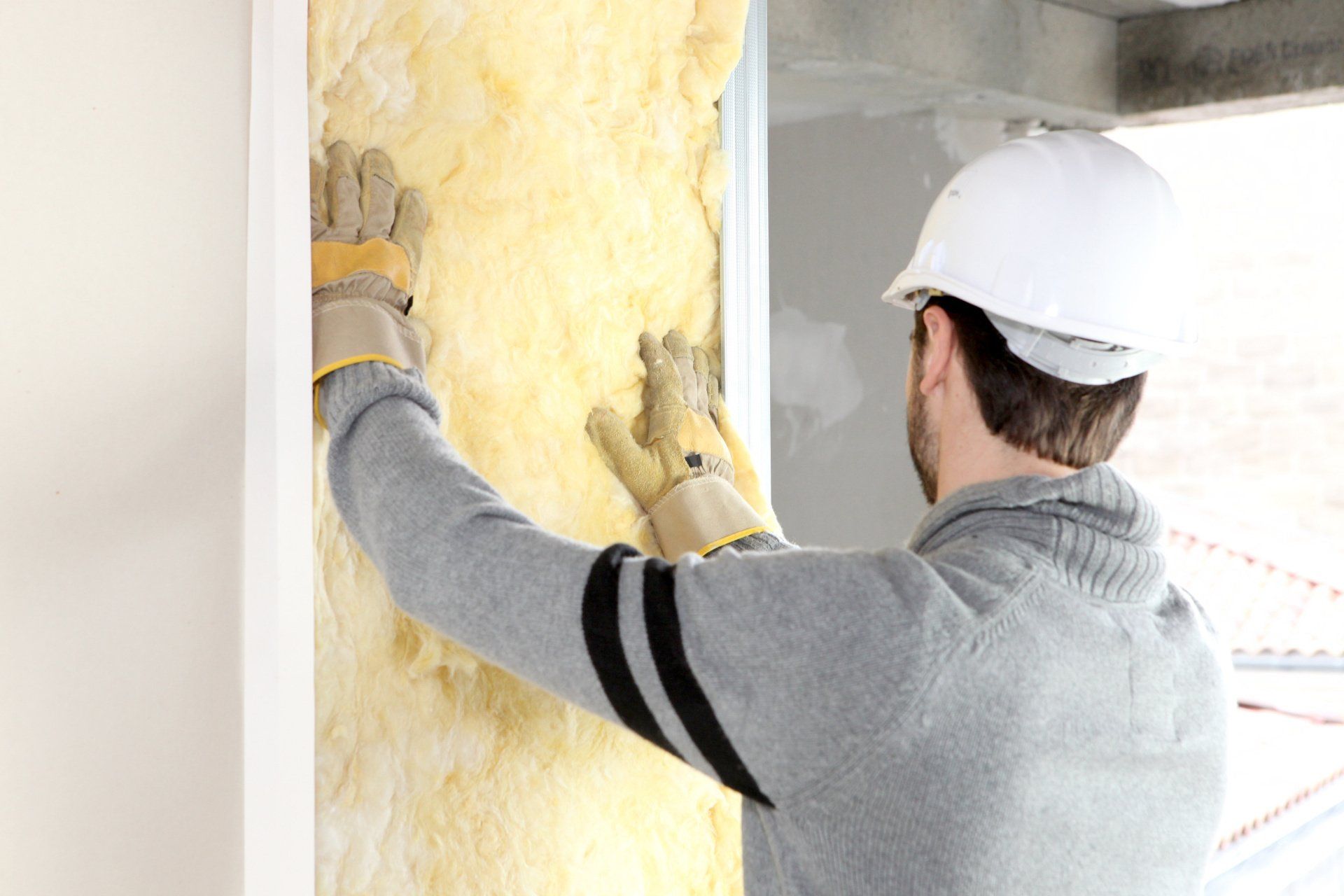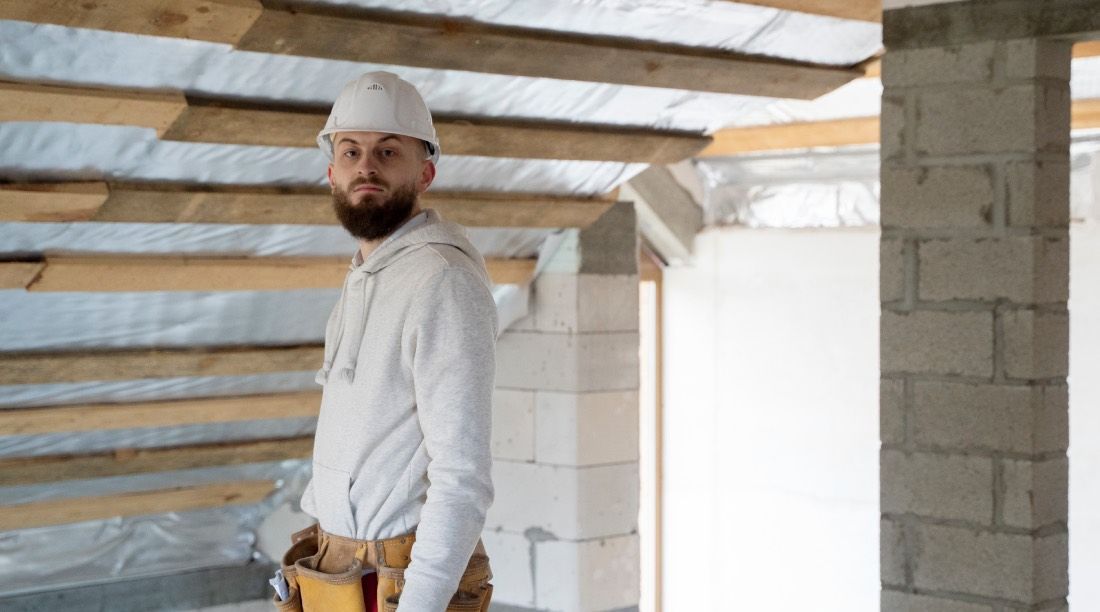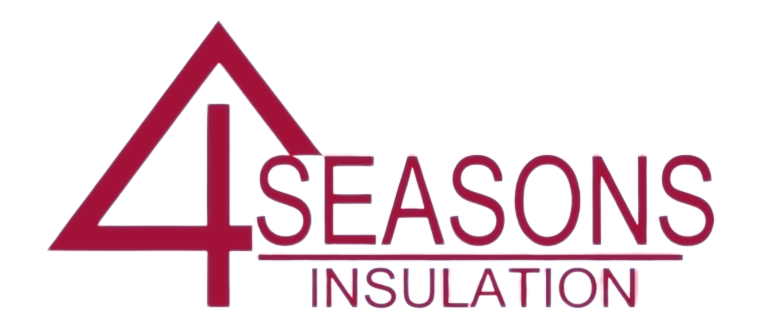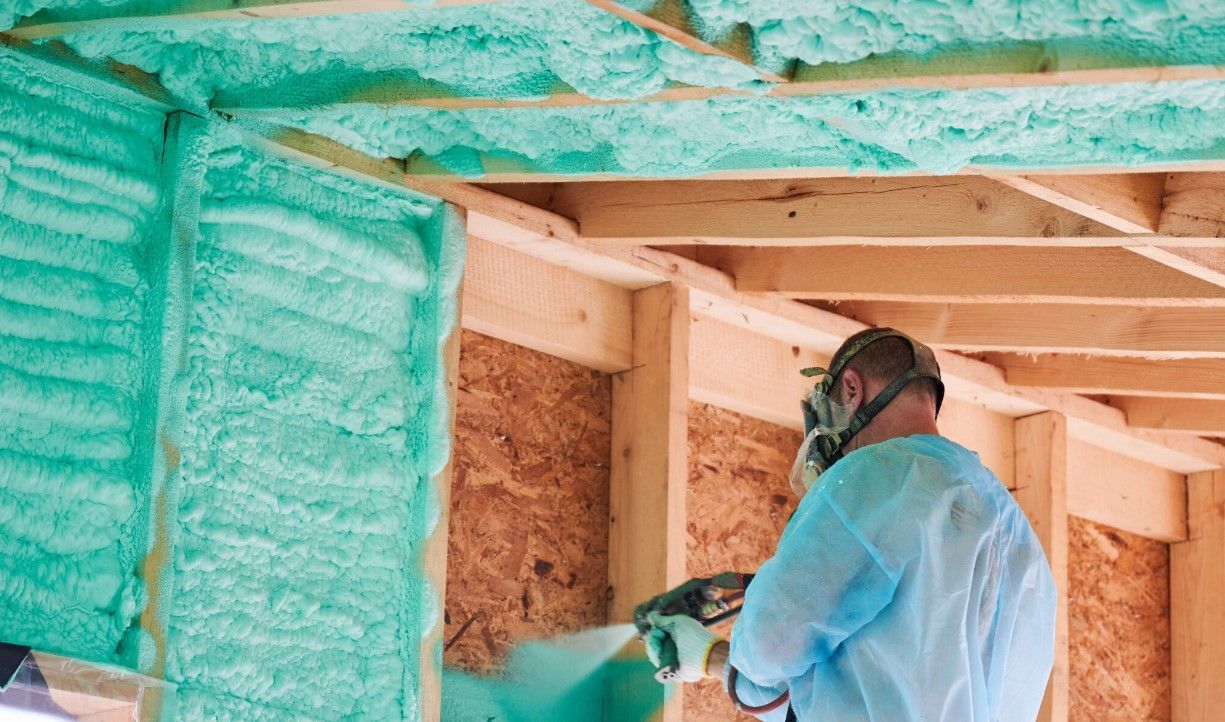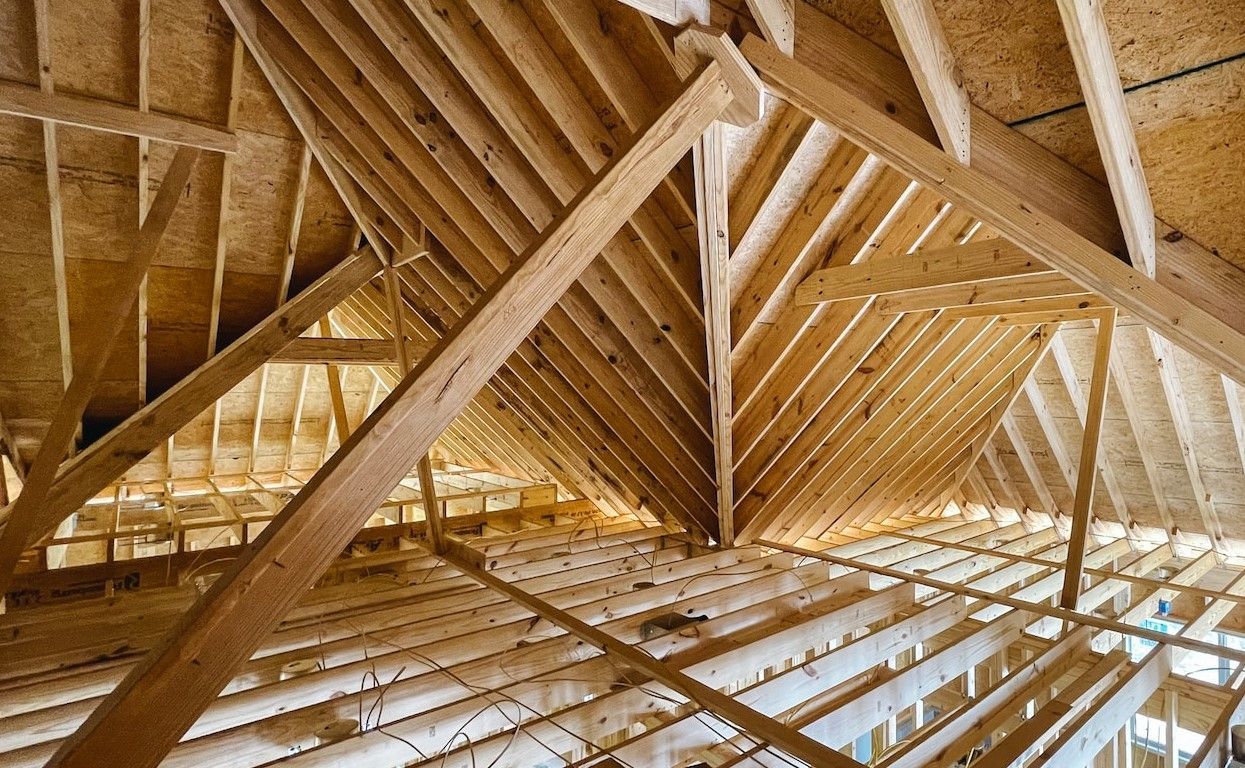Enhancing Comfort and Energy Efficiency with Batten Insulation
In the quest for a comfortable and energy-efficient home, homeowners often explore various insulation options to create a barrier against heat loss or gain. One such effective solution is batten insulation, a versatile and reliable choice for enhancing thermal performance. In this article, we will delve into the characteristics, benefits, and installation of batten insulation, shedding light on why it's becoming a preferred option for homeowners aiming to improve their living spaces.
Understanding Batten Insulation
Batten insulation, also known as blanket insulation, is a type of thermal insulation material typically made from fiberglass or mineral wool. Its name is derived from the presence of batts or rolls that come in pre-cut sheets, making installation relatively straightforward. The flexible nature of batten insulation allows it to adapt to various spaces and constructions, ensuring comprehensive coverage and optimal thermal resistance.
Characteristics of Batten Insulation
Material Variety
Batten insulation is available in different materials, with fiberglass and mineral wool being the most common. Fiberglass batts are composed of fine glass fibers, while mineral wool batts are made from natural rock or slag wool. The choice between the two often depends on factors such as budget, environmental considerations, and specific insulation needs.
Thermal Performance
One of the primary purposes of insulation is to regulate indoor temperatures, and batten insulation excels in this regard. Its high thermal resistance (R-value) ensures that heat is retained during the colder months and repelled during the warmer months. This contributes significantly to energy efficiency, helping homeowners reduce their heating and cooling costs.
Flexibility
The flexibility of batten insulation makes it adaptable to various building structures and spaces. It can be easily cut to fit irregular spaces, ensuring a snug and effective installation. This versatility makes it a popular choice for both new constructions and retrofitting existing homes.
Benefits of Batten Insulation
Cost-Effective
Batten insulation is known for being a cost-effective solution compared to some other insulation materials. The relatively low upfront cost combined with long-term energy savings makes it an attractive option for budget-conscious homeowners.
Ease of Installation
Installing batten insulation is a straightforward process, making it suitable for both professional contractors and ambitious DIY enthusiasts. The pre-cut sheets can be quickly placed between studs, rafters, or joists, ensuring a hassle-free installation process.
Energy Efficiency
The high R-value of batten insulation contributes significantly to energy efficiency. By reducing heat transfer, homeowners can maintain a more stable indoor temperature, leading to lower energy consumption and decreased utility bills over time.
Sound Absorption
In addition to thermal benefits, batten insulation provides excellent sound absorption properties. This makes it an ideal choice for homeowners looking to create a quieter and more peaceful indoor environment by minimizing external noise.
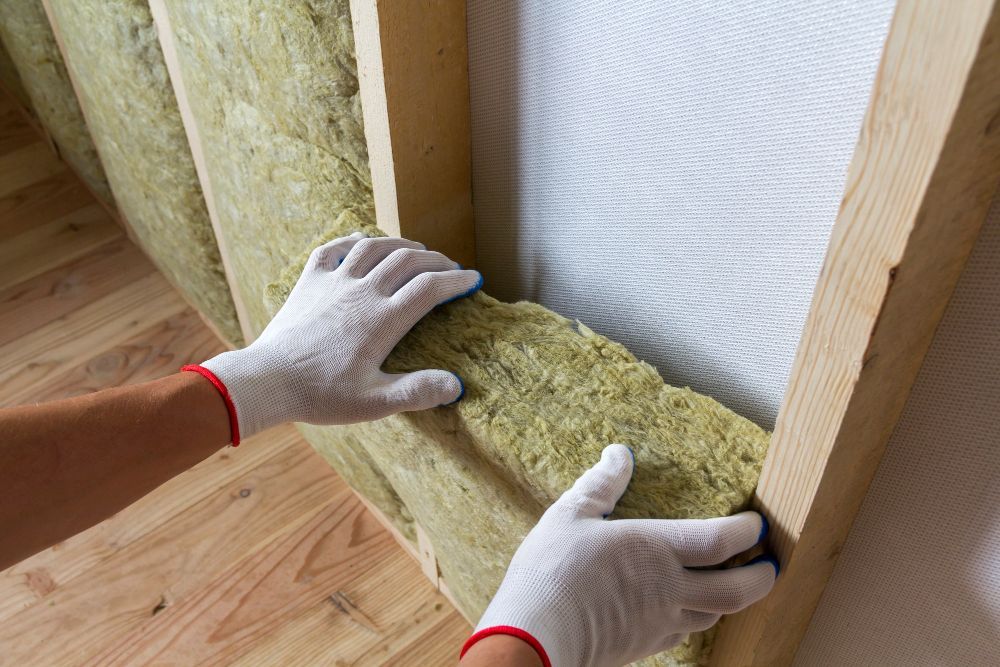
Installation Process
The installation of batten insulation involves fitting the pre-cut sheets between the framing members of walls, floors, and ceilings. Proper installation is crucial for maximizing the insulation's effectiveness. Homeowners who are not confident in their DIY skills may opt to hire professional installers to ensure a seamless and thorough application.
Environmental Sustainability
In addition to its practical benefits, batten insulation also offers advantages in terms of environmental sustainability. Fiberglass and mineral wool, the primary materials used in batten insulation, are largely composed of recycled content. Choosing batten insulation not only improves the energy efficiency of your home but also contributes to reducing the environmental impact by promoting the use of recycled materials. This eco-friendly aspect is increasingly important for homeowners who prioritize sustainability in their choices, aligning insulation needs with environmental responsibility.
Maintenance and Longevity
Another noteworthy aspect of batten insulation is its low-maintenance nature and long lifespan. Once installed, it requires minimal attention, providing a durable and reliable solution for the long term. Unlike some other insulation materials that may settle or degrade over time, batten insulation maintains its integrity, ensuring consistent thermal performance throughout the years. This longevity makes it a wise investment for homeowners looking for a hassle-free insulation solution that requires little to no ongoing maintenance, ultimately adding to its appeal as a practical and cost-effective choice.
Batten insulation stands out as a versatile and effective solution for homeowners seeking to improve their home's thermal performance. With its cost-effectiveness, ease of installation, and energy-efficient properties, it has become a popular choice in the insulation market. Whether you're building a new home or upgrading an existing one, consider the benefits of batten insulation to create a more comfortable and energy-efficient living environment. Contact 4 Seasons Insulation in Yukon, OK, to explore how batten insulation can make a positive impact on your home.
For homeowners in Yukon, OK, looking to enhance their home's comfort and energy efficiency, 4 Seasons Insulation is your trusted partner. Our team of experienced professionals at 4 Seasons Insulation specializes in the installation of batten insulation, ensuring that your home is well-protected against temperature fluctuations and energy loss. Contact us today at (580) 498-0659 to schedule a consultation and take the first step towards a more comfortable and energy-efficient living space.
